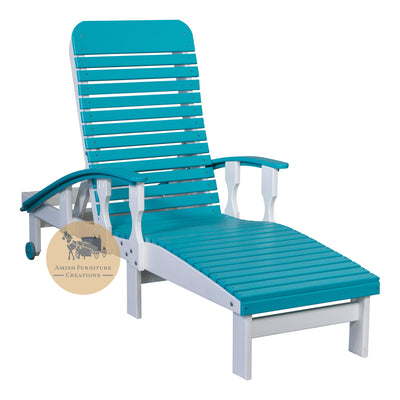Maple: A Lighter Side of Wood
One of our favorite things about wood furniture is its diversity. Every piece is unique because every type of wood is different, and even the same type of wood can look and feel different. When wood is harvested, and how it is harvested, are both important factors when it comes to the processing of wood furniture.
Oak for Less is able to bring a large inventory to our customers because we love the adventure that comes with finding quality and distinct furniture pieces. We know that it is important to love what you do and to love where you live, and that is why we explore the world to bring you furniture and décor that will enhance your life and your home.
Each week, we have been journeying through the world of wood to really explain the intricate differences in the many types of wood that furniture is constructed from. This week we put maple wood under the microscope. Maple is a term that is commonly used, and it may be familiar to you, but what is the real story behind this material? What does it look like? And is it optimal for furniture design and construction? Let’s find out.
What makes maple wood unique?
Last week we talked about heartwood and sapwood and the difference it can make in the appearance of the wood. It is common to see furniture wood sourced from heartwood for rich color and textures, but maple wood is typically harvested from the sapwood part of the tree (closest to the bark). The reason for this is the beautiful coloring of the sapwood which can range from cream colored to almost white.
What does maple wood look like?
As we mentioned, maple is typically known for its lighter color, but reddish hues can be found in the heartwood. This wood type also stains well, offering a diverse choice of color options. This wood is a desirable choice for craftsmanship furniture due to the grain pattern that can present as straight or wavy, or with a more unique curly or quilted pattern.

Pictured above is the top of a Maple wood table, stained in a gray finish that exhibits the natural lights and darks of how separate pieces of Maple wood can absorb the same stain differently.
What are some pros and cons of maple wood?
Maple wood can have a wide range of density depending on if it is soft or hard maple. Therefore, it can be challenging to determine the workability of the material. If it is less dense it is prone to burning when using machine tools for construction. It is also considered not as durable as some other wood types. But as with any wood, knowing the source makes all the difference. If it is properly harvested and constructed the result can be a smooth, durable, and beautifully unique piece of furniture.
What is maple wood used for?
A real advantage of maple wood is the abundance and accessibility which makes it a great choice for many types of projects. Maple wood has many uses, including furniture, hardwood flooring, cabinets, sporting equipment, and kitchen accessories. Oak for Less carries some beautiful pieces that utilize the uniqueness of maple wood.
Pictured above are 3 images - one of a Maple wood table stained gray - another image of a Maple wood dining chair stained in light brown - and the last image is of a dark brown stained Maple wood dining table with 4 matching wood chairs.
In a world of constantly changing trends, wood furniture can be a refreshing option for a timeless piece that can withstand the test of time. Maple wood seamlessly fits into the woodworking world, offering beautiful colors and textures that bring forth one-of-a-kind furniture and décor.





